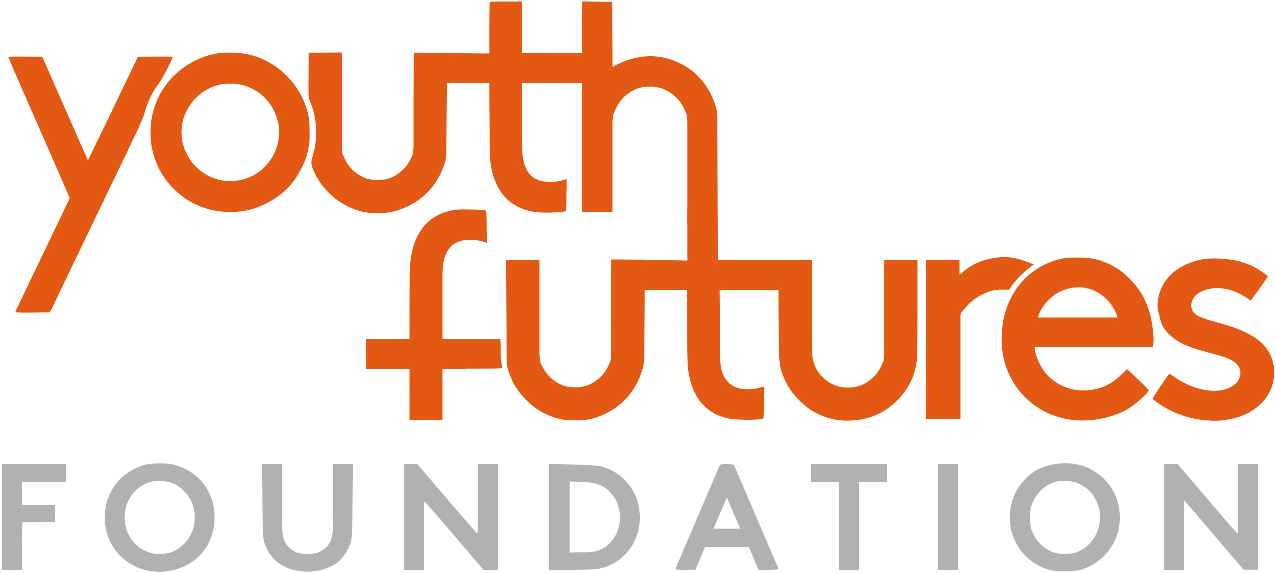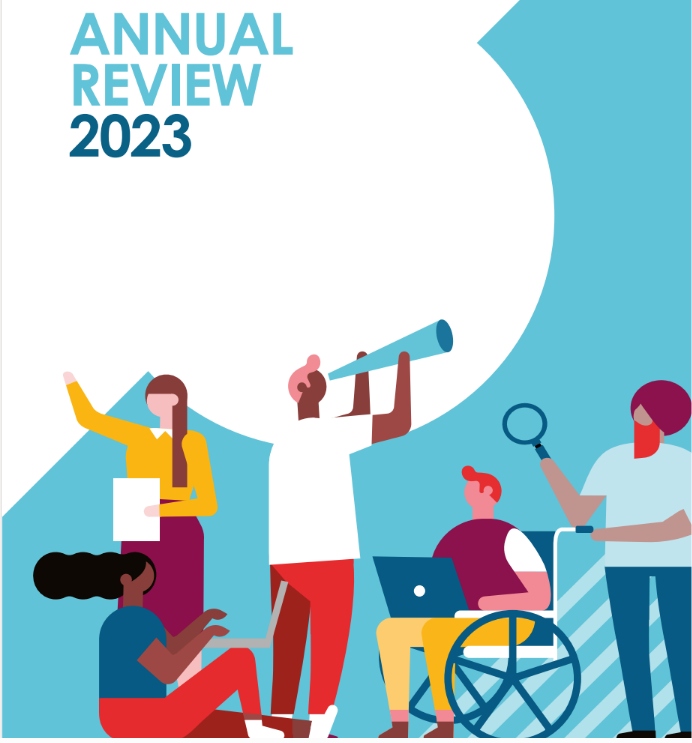Our Director of Impact and Evidence, Chris Goulden, explains the international origins of the Youth Employment Evidence and Gap Map.
We’re delighted to launch our first evidence and gap map. This lays out nearly 400 studies that have been done around the world in the last two decades on the effectiveness of interventions to help young people into work. This blog tells the short story of how the map came into being.
When I first started this job at Youth Futures Foundation, as well as being excited and frankly rather daunted at the prospect of helping to set up a new what works centre from scratch, I knew that a corner stone of our approach would be finding out what was already known about what works. While I had anticipated the importance of setting out this ‘map’ of evidence, alongside the important gaps that we were going to help fill, I didn’t quite expect to find such a diverse list of partners who had been, and were continuing to be, active on this endeavour.
As I started to mine the literature, the first gem I unearthed was a systematic review that had sifted and synthesised every high quality evaluation of the effectiveness of youth employment interventions globally up to the year 2014. This includes all experimental or quasi-experimental studies that look at young people aged 15-35 who had received support with a desired employment, earnings or business performance outcome. On average, these studies together had positive impacts on youth employment and earnings, but of course huge variations by type of programme and by outcome. At Youth Futures, we have been using the framework developed in this study to align the interventions we’ve supported in our Development and Impact programme.
That was a great start, but the review was already six years plus out of date and only contained around 100 studies. Further excavation then took me on a virtual journey to Uganda, where a team at the Africa Centre for Systematic Reviews and Knowledge Translation at Makerere University were updating a map of the studies in that review with funding from the Mastercard Foundation. During those six years, by 2020, the number of relevant studies had exploded to around 400. This is the basis for the map that is being launched today. With our partners at the Campbell Collaboration (and those in Uganda), we have produced ‘easy read’ summaries of all the studies, so that users can quickly assess their relevance and understand the results. I would love to hear whether any of you reading this have checked out and used the map in your work, and how.
But the journey doesn’t end there. The final destinations are the Netherlands and Geneva, where the Dutch Ministry of Foreign Affairs has funded the International Labour Organisation to update the original synthesis using the larger sample of studies found by the Ugandan team ( around 400 compared with around 100) for estimates of the impacts of different interventions across the range of outcomes for young people. I’ve been liaising with them to make sure we can use and update the map on the Youth Futures website as a single, primary repository of the global evidence base. This is due towards the end of 2021.
So, I’m delighted that the first version of the map is now available. We are also working with the Campbell Collaboration on a complementary map of implementation and process studies (rather than effectiveness), and we will add these to the map by the end of the year. This is just the start of the evidence architecture, and we will build this up over time, making sure it becomes a resource that is used by our stakeholders, from policymakers to youth employment practitioners and employers, to make a real impact on youth employment at scale across England.
Visit our Youth Employment Evidence and Gap Map here.


